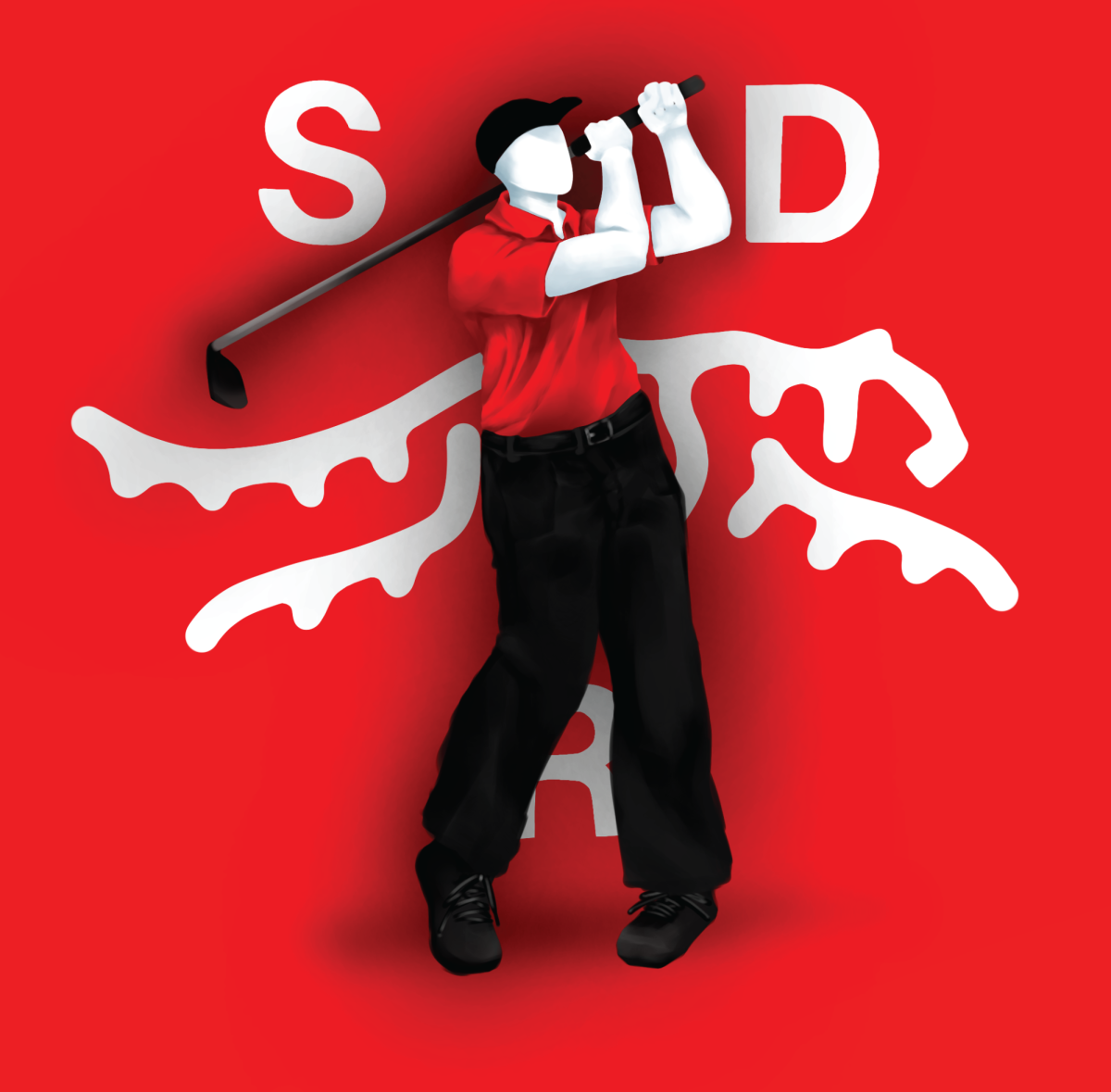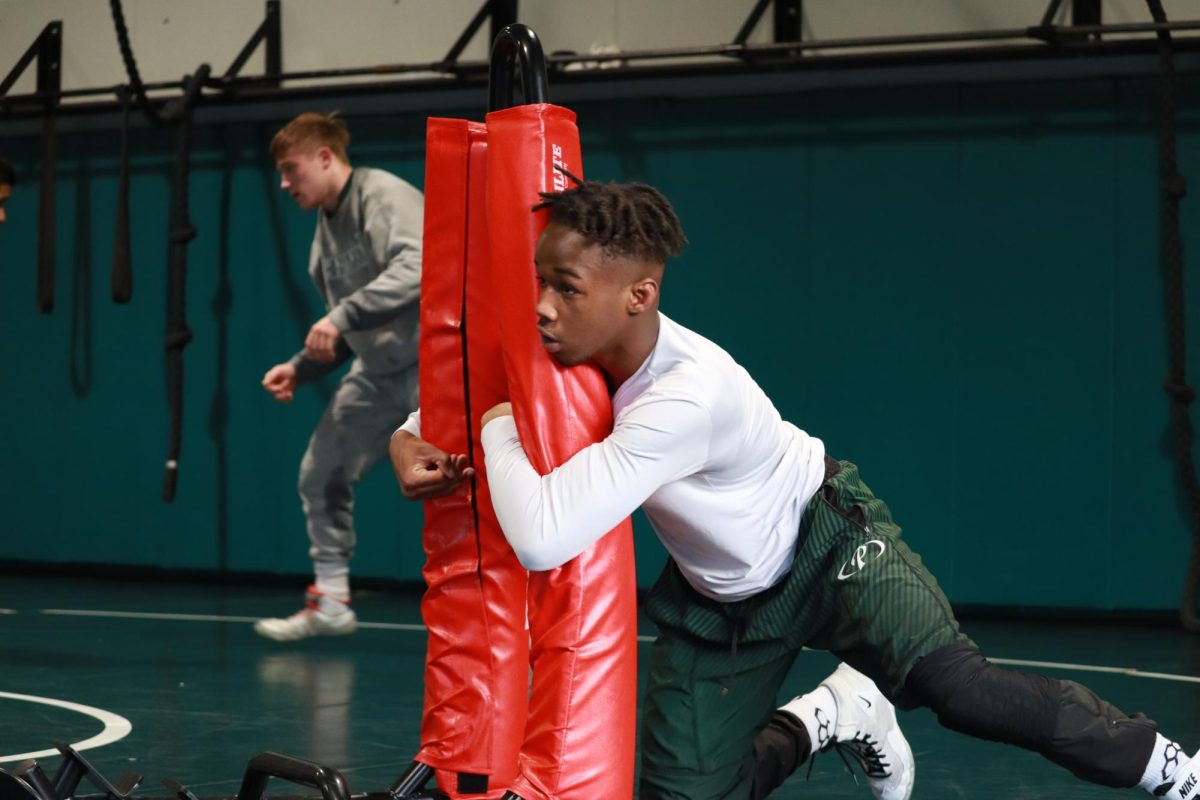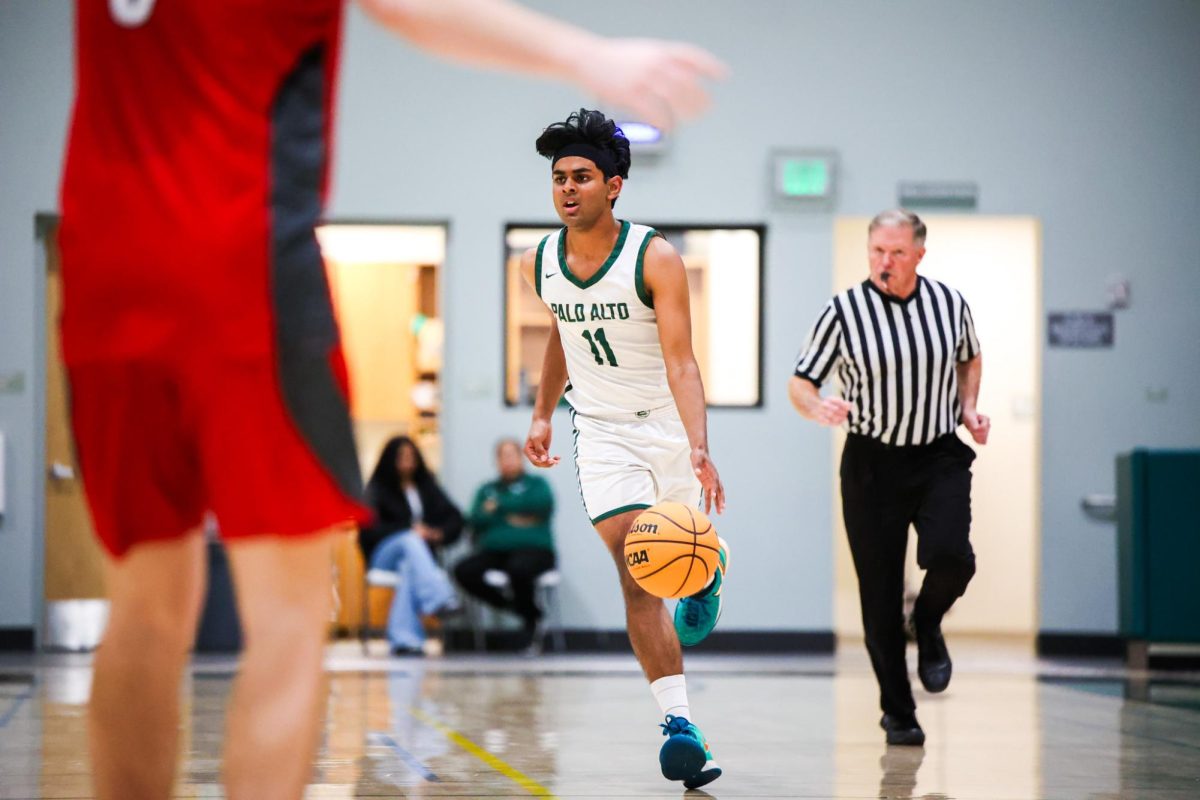[su_dropcap style=”simple” size=”5″]W[/su_dropcap]ith the recent relocation of the Los Angeles Rams of the National Football League (NFL), the contentious process of team relocation in sports leagues has come to the public eye once more. Although only the Los Angeles Rams and Winnipeg Jets have recently moved in recent years, several other teams have come close to switching cities and fan bases, including the Sacramento Kings, Oakland Raiders and Arizona Coyotes. Most casual fans speculate selfishness as the primary motive behind relocation, which can often generate increased revenue. However, the truth behind relocation dives much deeper than that.
The NFL requires “the approval by the affirmative vote of three-fourths of the member clubs for relocation” according to Article 4.3 in the NFL Constitution and Bylaws. In a league with 32 teams, an owner must convince 24 different owners of fellow franchises that relocation would be a good idea.
Each owner has a different approach to gaining approval. For one, Raiders owner Mark Davis tried to garner sympathy from the NFL about the decaying state of his franchise’s old stadium. Along with the San Diego Chargers, the Raiders argued that the split relocation and stadium fees would make the move economically viable for the league along with filling the empty Nevada market.
In contrast, the Rams owner Stan Kroenke convinced the owners he had the resources to make such a move by buying a large swath of land in Los Angeles even before he made a move.
In January 2015, Kroenke and the Stockbridge Capital Group announced plans to build a state-of-the-art stadium on the land they purchased.
The vote, which the Rams passed on a 30-2 ruling, was also greatly influenced by the NFL’s mantra of “bigger and better.” Los Angeles, devoid of a football team for nearly three decades, has the ability to produce massive amounts of revenue for the league. Inglewood, the location of the future stadium, borders the vibrant atmosphere of downtown L.A.
The new stadium, called “NFL Disney World” by executives, has a capacity of 100,000 people for special events, a number that exceeds even the Dallas Cowboys’ stadium. Kroenke is not just paying for a stadium with his contracted land — the development is projected to have a 6,000-seat performance venue, more than 1.5 million square feet of retail space, 2,500 homes, a media center and more than 25 parks.
However, stadiums are not one-day proposals that can be paid out of the pocket. Often worth over a billion dollars, stadiums take a lot of resources and labor to construct into the 80,000 seat caverns we see today. The league and the teams that want the stadium to be built often do not fund the entire stadium by themselves — they receive a fraction of the money from government subsidies.
Of course, if subsidies are to be taken from the government and given to the NFL, taxpayers must take the brunt of the force. The building of stadiums, often a controversial process, faces obstacles from disgruntled taxpayers who are forced to pay for teams they do not even support.
Luckily for the Rams, Kroenke had the resources to privately fund the stadium without requesting public help. Out of his own pocket,[su_quote] Kroenke footed the $2.7 billion charge, along with the $550 million NFL relocation fee[/su_quote]. In addition to the $180 million sales tax, Kroenke will have to pay a bill over $3 billion. To the average individual in the community, this may seem like a lot to pay for a single stadium. Kroenke, however, is not an average individual.
With a net worth of over $6 billion, he can afford to pay out of his own pocket, saving the taxpayers of Los Angeles from paying for the world’s most expensive stadium. Neil DeMause, author of the book “Field of Dreams,” recently called the stadium “one of the most public-friendly deals ever” in an interview with ThinkProgress.
Next on the list of expansion is convincing the actual league why the move is necessary. Kroenke provided a “Statement of Reasons” on the detriments of St. Louis in comparison to the Inglewood Area. In his list, Kroenke “threw salt on the wounds” of St. Louis, calling out a sagging local economy and lack of fan support. Overall, the 30-page statement centers around three sections: the economic feasibility of moving to Inglewood, the legal rights of moving the Rams from St. Louis and the benefits to the league.
The second point, the contract clause that gives the Rams the ability to move to Inglewood, is vital in preventing a situation that mirrors the Baltimore Colts’ move to Indianapolis in 1984. The city of Baltimore signed a bill that attempted to pass the Colts into eminent domain to force them to stay. In response, [su_quote]the Colts secretly escaped the stadium at midnight the day before[/su_quote] the law would be passed into affect. With all the contractual and legal procedures finished for Kroenke, the move will be a smooth transit to Inglewood.
With its overwhelming majority support, the move for what was formerly the St. Louis Rams is expected to take place over the offseason. Unfortunately, not every team is as successful in relocation.
Around the same time as St. Louis, the Oakland Raiders and San Diego Chargers had a bid rejected to build and share a new stadium in Carson, Nev. The Chargers, who only have a $15 million buyout fee on their previous stadium, Qualcomm, have the economic ability to pack up and leave. In the Raiders’ case, owner Mark Davis wants to escape the dreary and old O.Co Colosium to the brighter lights in Nevada.
In the National Basketball Association (NBA), the relocation process entered the public eye as recently as 2013, when the Sacramento Kings considered moving to Seattle. Just a decade ago, a sentence like that would inspire confusion, because of the presence of the once powerful Seattle Supersonics.
In 2009, the Supersonics departed for the sunnier pastures of Oklahoma City to become the Oklahoma City Thunder. As with any relocation, this move was met with considerable opposition.
The process began when the state of Washington refused to allocate funds or loan subsidies to the Supersonics ownership group to update and refurbish their home court, Key Arena. Disgruntled, the Sonics ownership group, led by Howard Schultz, sold the franchise to Professional Basketball Club, LLC, a business group headed by businessman Clayton Bennett.
Once the ownership group decided to sell the team, they were unable to locate an interested buyer in the Seattle market. Without any options in the Northwest, Schultz and partners had to look for buyers in the empty Midwest market. After a search, the group settled on Bennett’s team in Oklahoma City.
In 2006 after Hurricane Katrina, the New Orleans Hornets briefly stayed in Oklahoma City but moved out shortly after the team’s stadium was renovated.
Hungry for a basketball team, the community of Oklahoma City embraced the potential move to fill the void in the Midwest that the Hornets had left behind.
When the city of Seattle heard about the Sonics’ impending move to Oklahoma City, it tried to bar the Sonics from moving before 2010, which they stated was the definite length of residence in the contract. In response, PBC sued the city, claiming that they had the right to break obligations and move cities due to the lack of support from Seattle and the state.
After the trial, a judge ruled that PBC should pay Seattle $30 million immediately as settlement for breaking the lease and obligations, and $45 million if no team replaced the Sonics in Oklahoma City.
Right when PBC won the right to move cities, the original ownership group led by Howard Schultz sued PBC for deceiving them and relocating the team to Oklahoma City. Schultz accused PBC for going back on their word, which was to keep the team in the Pacific Northwest. A league arbitrator ruled against Schultz, saying that dragging the team back to Seattle would be detrimental for the league and disrupt team operations.Now, with the talented KevinDurant and Russell Westbrook, the Thunder teams are a far cry from the Super Sonic’s mediocre squads All in all, sports relocation processes aren’t one-step proposals than can be fulfilled in an hour-long meeting.
Each step, from building the stadium to obtaining legal rights, takes several months and lots of resources to complete. With relocation teams have opportunities to start anew in a fresh market under a name that isn’t synonymous with losing.








